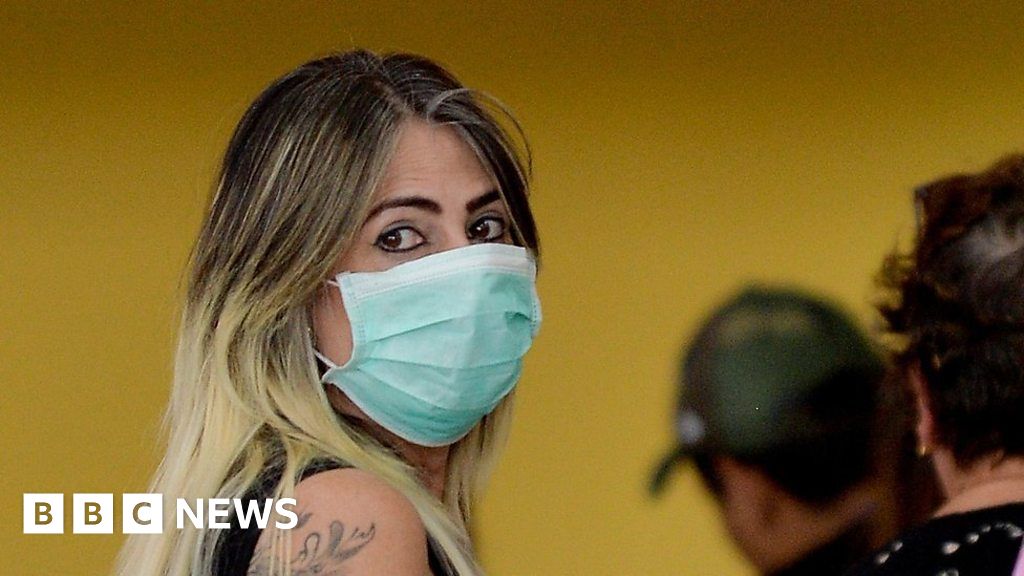
But why are related coronaviruses seasonal, and why does that offer hope for this outbreak?Ĭoronaviruses are a family of so-called “ enveloped viruses”. We need to be cautious, therefore, when using what we know about the seasonal behaviour of other coronaviruses to make predictions about the current Covid-19 pandemic. We don’t know for sure, but it should be in the back of our heads that it is possible.” The big question is whether the sensitivity of this virus to will influence its capacity to spread in a pandemic situation. “And it would be really surprising if it didn't show seasonality then. “Eventually we would expect to see Covid-19 becoming endemic,” says Jan Albert, a professor of infectious disease control who specialises in viruses at the Karolinska Institute in Stockholm. ( Read more about what Spanish flu can teach us about Covid-19.)

Spanish flu, for example, peaked during the summer months, while most flu outbreaks occur during the winter.

Pandemics often don’t follow the same seasonal patterns seen in more normal outbreaks. That's not least because endemic viruses are seasonal for a number of reasons that might not currently apply to the Covid-19 pandemic. Tropical parts of the world are likely to be least affected, the researchers say.īut without real data over a number of seasons, researchers are relying upon computer modelling to predict what might happen over the course of the year.Įxtrapolating data about Covid-19’s seasonality based on endemic coronaviruses – meaning viruses which have been circulating in human populations for some time – is challenging. Another study has also shown higher temperatures are linked to lower incidence of Covid-19, but notes that temperature alone cannot account for the global variation in incidence.įurther research predicts that temperate warm and cold climates are the most vulnerable to the current Covid-19 outbreak, followed by arid regions. The initial spread of outbreaks of the new disease around the world seems to suggest it has a preference for cool and dry conditions, although it is worth noting that the virus has since spread to countries with a wide range of climates, including hot humid ones.Īn early analysis comparing the weather in 500 locations around the world where there have been Covid-19 cases seems to suggest a link between the spread of the virus and temperature, wind speed and relative humidity. There are some early hints that Covid-19 may also vary with the seasons. A fourth coronavirus, which was mainly found in patients with reduced immune systems, was far more sporadic. These viruses seemed to cause infections mainly between December and April – a similar pattern to that seen with influenza. The closely related Sars virus that spread in 2003 was also contained quickly, meaning there is little information about how it was affected by the seasons.īut there are some clues from other coronaviruses that infect humans as to whether Covid-19 might eventually become a seasonal disease.Ī study conducted 10 years ago by Kate Templeton, from the Centre for Infectious Diseases at the University of Edinburgh, UK, found that three coronaviruses – all obtained from patients with respiratory tract infections at hospitals and GP surgeries in Edinburgh – showed “ marked winter seasonality”. The virus that causes Covid-19 – which has been officially named Sars-CoV-2 – is still too new to have much firm data on how cases will change with the seasons. How long does the coronavirus survive on surfaces?Īnd they are right to be cautious.Drinking water will not kill the coronavirus.Many experts, however, have already cautioned against banking too much on the virus dying down over the summer months.

Many of the largest outbreaks at the start of the pandemic occurred in regions where the weather is cooler, leading to speculation that the disease might begin to tail off with the arrival of summer. Since it first emerged in China around mid-December, the virus has spread quickly, with the number of cases now rising most sharply in Europe and the US. Perhaps unsurprisingly, many people are now asking whether we can expect similar seasonality with Covid-19. Measles cases drop during the summer in temperate climates, while in tropical regions they peak in the dry season. Others, such as typhoid, tend to peak during the summer. Flu typically arrives with the colder winter months, as does the norovirus vomiting bug.

Many infectious diseases wax and wane with the seasons.


 0 kommentar(er)
0 kommentar(er)
